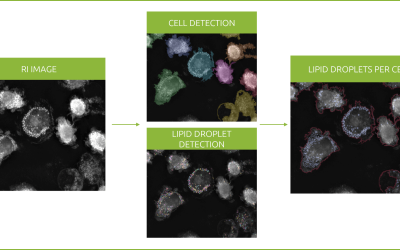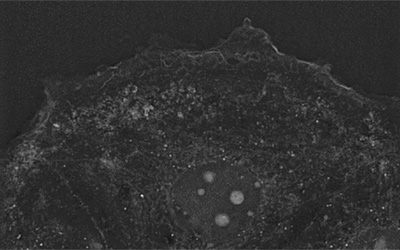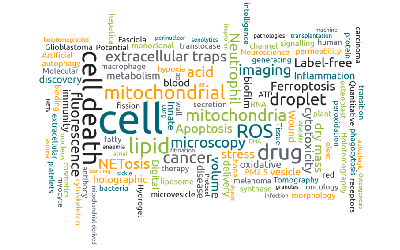Background
Osteogenesis describes the process of bone formation. The cells that create new layers of bone tissue are called osteoblasts. These cells are differentiated from mesenchymal stem cells (MSCs), in a linear sequence. The dynamics of the morphological and physiological changes that occur during osteogenic differentiation have never been captured before. The label-free nature of Nanolive cell imaging allowed to capture the deposition and early growth of bone that occurs during osteogenic differentiation in real time, and at high temporal resolution. This research was conducted in collaboration with PromoCell.
Experimental approach
Mesenchymal stem cells (MSCs) were grown on fibronectin-coated dishes until 100% confluency was reached and then MSC osteogenic differentiation medium was added. Cells were imaged throughout the differentiation process, from day 1 to day 13. 1 image was acquired automatically, every 10 mins using the 5×5 grid-scan mode on the CX-A. The resulting images were subject to a maximum intensity projection (MIP) along the Z-axis and then stitched to produce videos.
Observations
• In the early differentiation stages (A), cells display the characteristic fibroblast-like phenotype of MSCs (i.e. cells are large, flat, and spindle-shaped). Some cells are motile and continue to divide by mitosis. Small, dynamic bright white spots can be observed near/within cells. The high refractive index of these structures suggests the material is dense; these could be calcium phosphate nanocrystals, which are deposited on the ECM.
• After one week in the osteogenic differentiation medium (B), cell division ceases and motility is reduced. Some (but not all) cells have started to become rounder; a classic sign that differentiation is underway. There is also an increase in the number and size of the individual nanocrystals.
• By the end of the experiment (C), static crystal aggregates can be observed. This is the first-time bone deposition has been captured label-free, in real time. This technique could be used to elucidate the osteogenesis process and the pathogenesis of bone diseases such as rickets, osteomalacia, osteoporosis and osteogenesis.
Read our latest news
Revolutionizing lipid droplet analysis: insights from Nanolive’s Smart Lipid Droplet Assay Application Note
Introducing the Smart Lipid Droplet Assay: A breakthrough in label-free lipid droplet analysis Discover the power of Nanolive's Smart Lipid Droplet Assay (SLDA), the first smart digital assay to provide a push-button solution for analyzing lipid droplet dynamics,...
Food additives and gut health: new research from the University of Sydney
The team of Professor Wojciech Chrzanowski in the Sydney Pharmacy School at the University of Sydney have published their findings on the toxic effect of titanium nanoparticles found in food. The paper “Impact of nano-titanium dioxide extracted from food products on...
2023 scientific publications roundup
2023 has been a record year for clients using the Nanolive system in their scientific publications. The number of peer-reviewed publications has continued to increase, and there has been a real growth in groups publishing pre-prints to give a preview of their work....
Nanolive microscopes
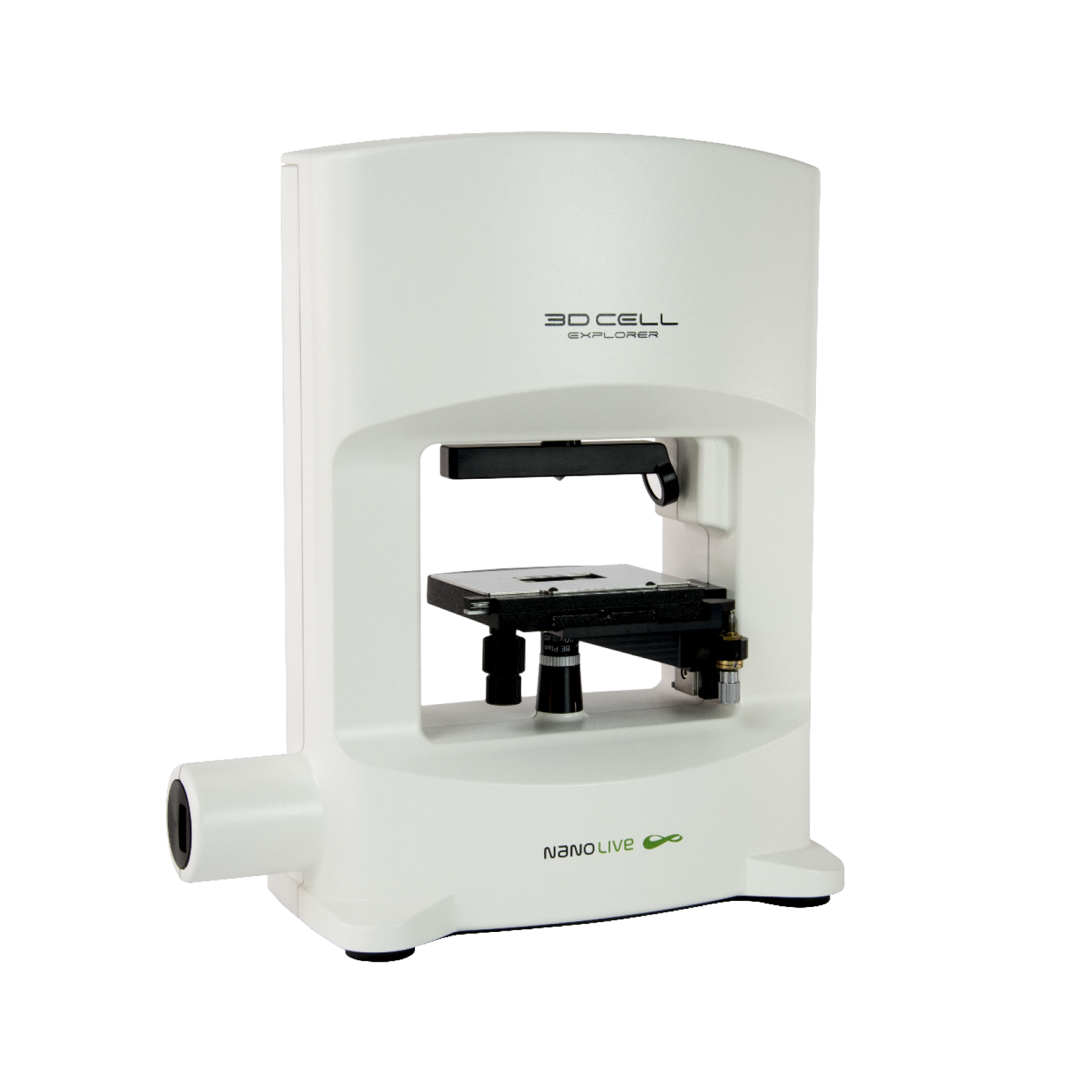
3D CELL EXPLORER
Budget-friendly, easy-to-use, compact solution for high quality non-invasive 4D live cell imaging
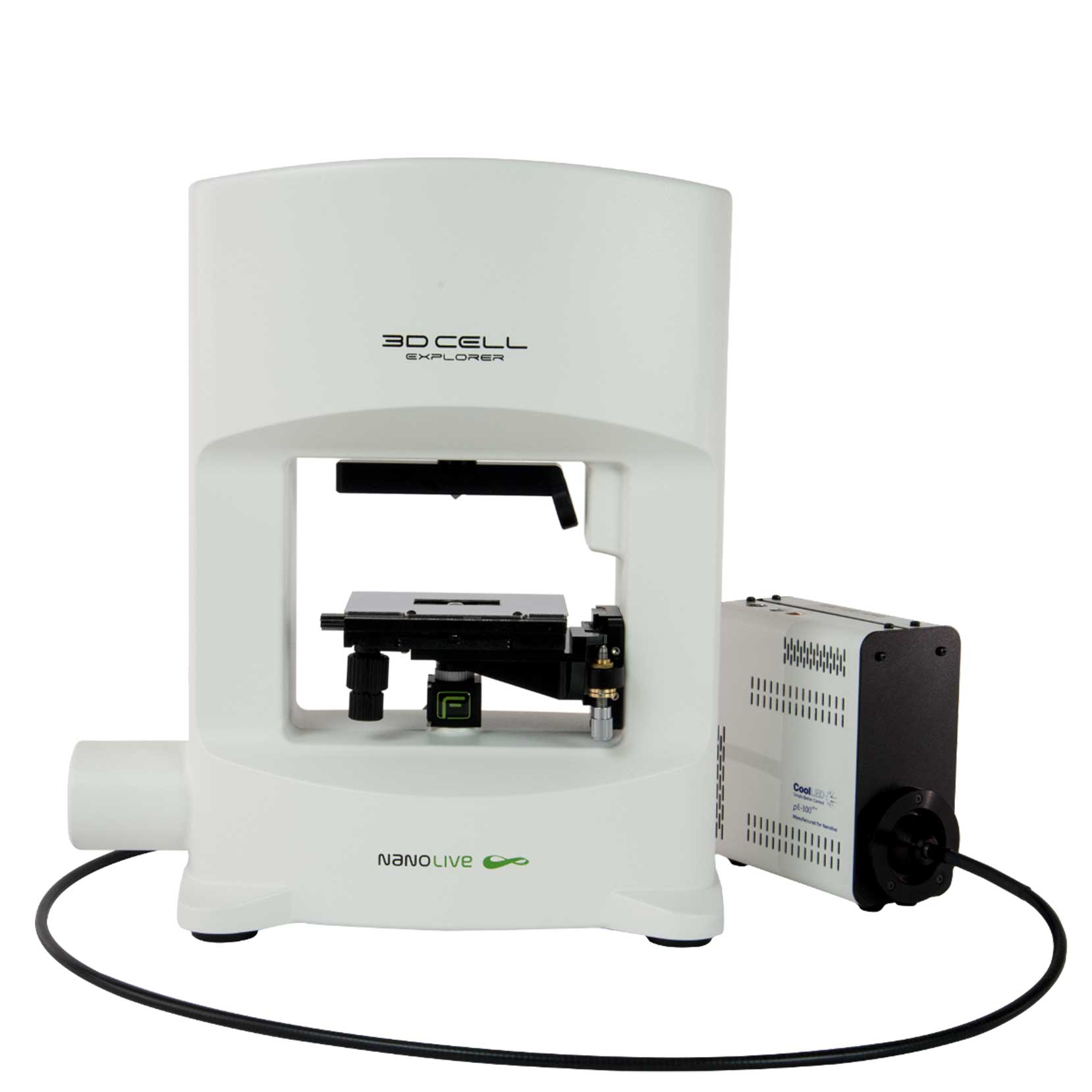
3D CELL EXPLORER-fluo
Multimodal Complete Solution: combine high quality non-invasive 4D live cell imaging with fluorescence

CX-A
Automated live cell imaging: a unique walk-away solution for long-term live cell imaging of single cells and cell populations

